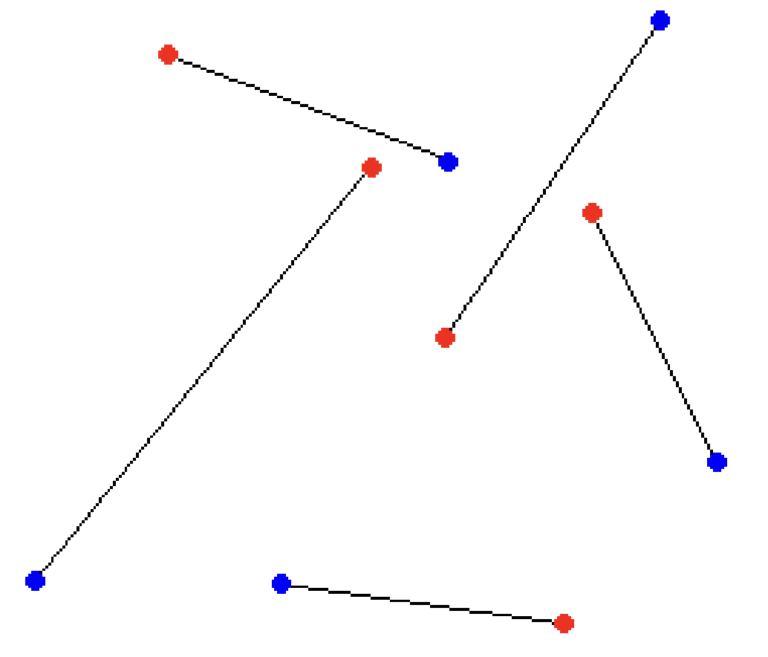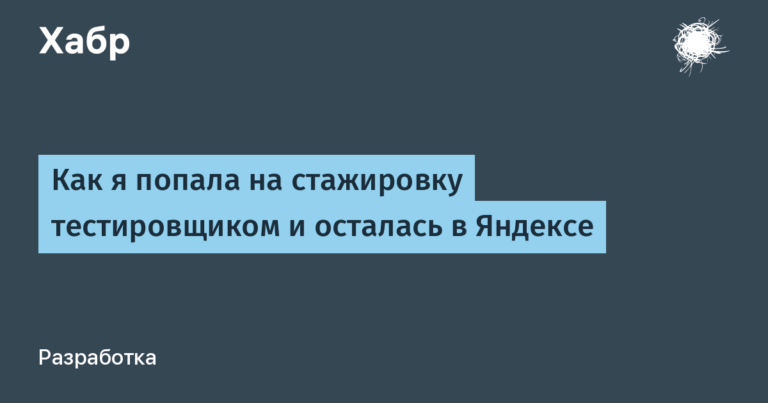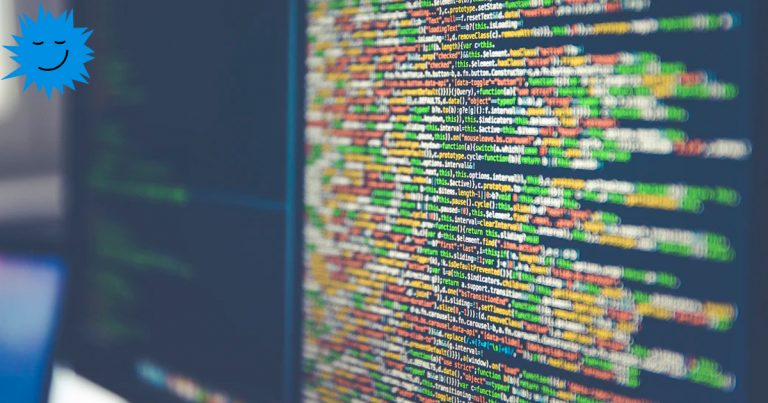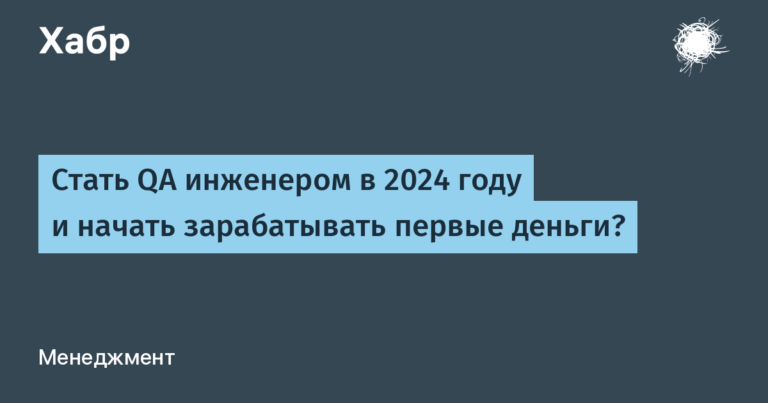DNS-over-CoAP, Botnets and Regulatory Discussions – Network Digest
A compact selection of materials about the work of providers and recent decisions of regulators on encryption, VPN and implementation of the IPv6 protocol.

Regulatory changes
Why the European Union is developing its own DNS infrastructure. European politicians have been concerned about the centralization of DNS services in the hands of foreign firms for some time now. They consider it a threat to cybersecurity and offer to create their own infrastructure. Although some experts consider a government-controlled DNS not the best of ideas – we talk about the details.
In Europe, they suggested scanning users’ devices – who and why is against it. The European Commission wants to oblige the largest services to search for prohibited content on users’ devices. As expected, the idea was sharply criticized (although not by everyone). This article is a dive into an ongoing discussion.
RESTRICT Act – A new bill will jeopardize the operation of VPNs in the US. The US Department of Commerce wants to give the right to block “potentially dangerous” applications. For example, if they collect user data and store it outside the country. As is usually the case, the wording is as vague as possible, which jeopardizes completely legitimate services. The bill was even called a step towards the Great American Firewall.
New frontiers for IPv6 – what is happening at the legislative level. Governments around the world are encouraging migration to the next generation protocol. China is the most active in this regard – last year they decided to transfer more than 80% of sites to IPv6. Similar processes are underway in the Netherlands, Norway, the European Union as a whole and have already taken place in Belarus.
Providers versus corporations and chaos in regulatory bodies: what is happening with net neutrality in the world. In 2017, the FCC removed net neutrality in the country. The decisions were made on the basis of millions of appeals from citizens. Later it turned out that the vast majority of them were fake. The perpetrators were then punished, but the story continued – with new fines and initiatives.
Encryption and Security
More protocols to encrypt DNS requests. The community is still arguing about the advantages and disadvantages of DoH and DoT. However, the list of encryption solutions for these technologies is not limited. We analyzed the main pros and cons of the QUIC protocol, as well as the features of the DNS-over-CoAP (DoC) standard, which can be used in IoT networks.
“Please be quiet”: what is Internet noise and how does it affect cybersecurity. What comes to mind when you hear the word “internet noise”? Maybe the warm tube sound of a modem connecting over the phone line? Internet noise is traffic generated by all sorts of port scanners and sniffers. Most often, such programs collect data about devices connected to the network. They are used not only by research organizations, but also by attackers in search of vulnerabilities. “Noisy” traffic becomes a headache for administrators. Monitoring systems issue a large number of warnings that require time for analysis. We discuss the situation and tell you how to reduce the amount of “garbage” traffic.

How botnets and methods of dealing with them are changing. Statistics show that DDoS attacks are setting new records in power. This year, participants at the World Economic Forum in Davos predicted the start of a whole cyberstorm due to botnet activity. The article told how the methods of attackers are changing and what cybersecurity experts are ready to oppose to them. Spoiler: AI systems and new machine learning models.
Cables and protocols
Microcables and twisted light guides – in what directions fiber optic technologies are developing. Optical fiber is the heart of the Internet, connecting cities and continents. But the modern look of cables does not always meet the requirements of the industry and the growing demands of users. Engineers offer new approaches to laying cables, changing their design – developing microcables and turning the most ordinary light into optical fiber.
BIG TCP is coming to Linux – now also for IPv4. Sometimes the new is the well-modified old. Last year, Linux kernel 5.19 added support for BIG TCP technology for IPv6. Then the throughput of the protocol in the internal networks of data centers increased by 50%. Now technology support has been added for IPv4.
Work of providers
PPPoE: configuration features, advantages and differences from other connection protocols. We tell you what PPPoE has under the hood and how it differs from L2TP and PPTP. We compare the purpose, encapsulation and security. We will also touch on the features of PPPoE and DHCP in the router configuration.
VRF Lite and L3VPN in SCAT. Telecom operators provide not only access to the Internet. They also offer a provider VPN – L3VPN and L2VPN. Legal entities, when choosing this option, can request security guarantees, and providers undertake to provide a certain quality of access – for example, an acceptable level of delay, jitter, packet loss percentage, and more. We analyzed the features of such a service.
BNG CUPS concept. CUPS technology divides the control and user planes in communication networks. This is our compact discussion of the nuances of moving from classic Multi-Service BNG to Disaggregated BNG.





